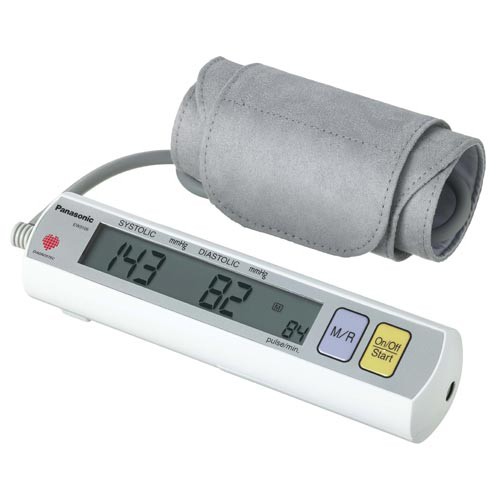Units of measurement of pressure
For the first time, humanity was faced with a problemmeasurement of pressure during the construction of fountains in Florence. Luckily for the builders, the physicist Toricelli lived in the city, who transferred the problem from the construction site to his laboratory, replacing the water with mercury for a more compact experience.
History has not left evidence that the discovery of the Italian physicist helped builders, but the fact that humanity has received evidence of the existence of atmospheric pressure is indisputable.
Toricelli's torch was picked up by the great BlaisePascal, who was able to measure atmospheric pressure and prove experimentally that it directly depends on the altitude above sea level. Thus, the first units of pressure were expressed by the height of the mercury column measured in elbows and inches. It is only natural that modern pressure units are named after both scientists.
To measure the pressure, differentdevices. The simplest is a liquid manometer. It is said that Leonardo da Vinci himself put his hand to his invention, but for this his brilliant guess was not applied in the life of the author.
Only from the time of Pascal to measuring the pressure began to use a U-shaped tube filled with mercury. Subsequently, mercury was replaced by vacuum oil.
When the pressures at both ends of the tube are equal, the liquid level is the same, when pressure is applied to one end of the tube, a difference in height occurs.
P * (1) -P * (2) = gph, where g is the acceleration of a freely falling body, P is the density of the liquid, h is the difference in the height of the liquid levels in the manometer.
Despite the fact that liquid manometers havehigh sensitivity, the scope of their application is rather limited due to their cumbersomeness, inconvenience in operation and a relatively small measuring range, from 20 kPa to 140 kPa.
With the development of technology, increasing popularitybegan to acquire pressure gauges with a Bourdon tube, in another sense they are also called deformation. Inside of such a manometer there is a C-shaped tube of brass with a gear mechanism. When pressure is applied to the free end, the tube is straightened and the gear moves the arrow, which indicates the pressure value on the graduated scale of the instrument. The more complex the shape of the tube, the less error the instrument has.
Mechanical pressure gauges are used to measurepressure from 40 kPa to 100MPa. They are characterized by a deterioration in the accuracy of measurement during long-term operation. This is due to the permanent deformation of the operating element.
Piezoelectric manometers are used to measure pulsating pressure up to 8 * 10 ^ 3 GPa.
Historically, the unit of measurepressure does not correlate with each other in multiple, it seems that there is complete chaos. The general formula for measuring the pressure is as follows: P = F / S where P is the pressure, F is the force, S is the area. In the SI system, the force is measured in newtons, the area in square meters - that means, the dimension of the pressure unit will be n / m ^ 2, and it is called pascal. But in practice, atmospheres, bars, tori, mm of mercury, mm of water column, kg / cm ^ 2 are often used also.
Let's try to clarify this problem. Units of measurement of atmospheric pressure are mm of mercury or torus; As is known, the atmospheric pressure accepted for the standard is equal to 760 mm of mercury - this value was called the atmosphere; bar is approximately equal to one atmosphere - this is an old unit of the GHS system; there is still a technical atmosphere that equals one kg / cm2 - all these quantities are used as extra-system units for measuring gas pressure; mm of water column is used in hydraulics and is equal to 13.6 torr. It should be noted that in physics, pascal and its derivatives are recognized as the only system units for measuring pressure.








